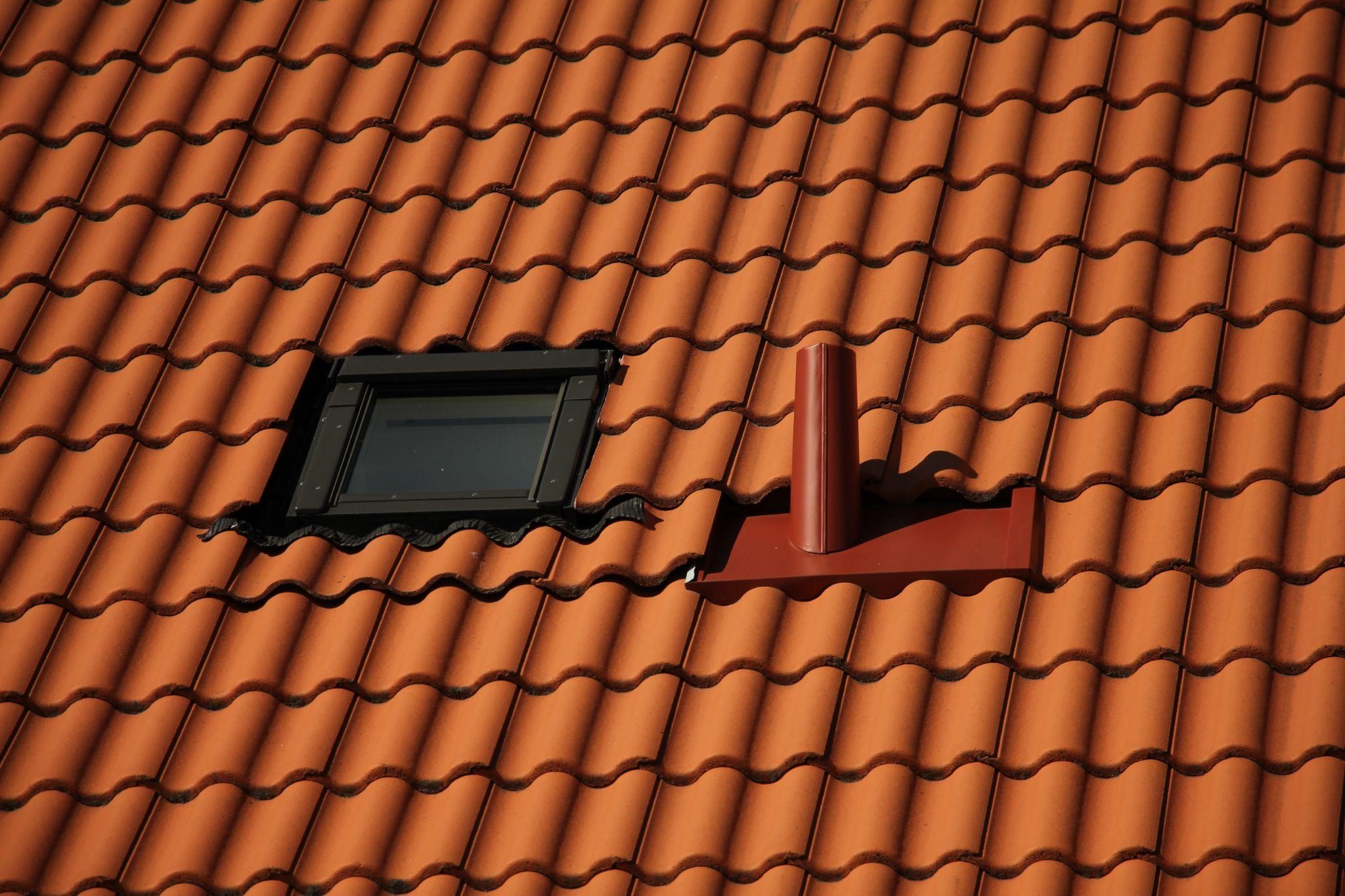How to Know When You Need Roof Replacement Experts
Roofs are essential parts of every home and if they become worn-out or damaged they can create numerous issues, from water leakage to structural damage
Regular roof inspection and maintenance can help delay the need for roof replacement; however, there may be signs that suggest it might be necessary.
Sagging
If your roof is sagging, it is imperative that professional roofing contractors assess it immediately. A sagging roofline allows moisture into your home and could ultimately collapse the structure below, so this must be addressed as quickly as possible. This issue must be rectified as quickly as possible for optimal health and safety reasons.
Typically, this issue stems from insufficient structural support under the roof.
Traditional sloped roofs rely on triangulation. Rafters connect at their middle points, with horizontal supports known as rafter ties providing support. Over time these supports deteriorate through age or damage and allow weight to shift off of them; when their integrity deteriorates further then weight begins shifting away. This results in roof sag.
Sagging roofs should always be repaired immediately; even if it only affects one small section. Even localized sagging may indicate that more is sagging elsewhere on your roof and can indicate its condition overall. But widespread and persistent sagging is likely an indicator that its lifespan has come to an end and could indicate the impending collapse of its entirety.
Roofs often sag because they’ve reached the end of their lifespan, although regular maintenance can extend its life cycle further. All roofing materials have an endpoint and when that time arrives, your roof may begin to shift its weight around your home and begin sagging as its weight is distributed differently than it used to.
Sagging roofs could also be caused by having too many layers of shingles on your roof, as snow and debris weight will likely be transferred elsewhere on your roof, leading to sagging issues that must be resolved immediately.
Leaks
If your roof has become leaky, it is imperative that it is replaced as soon as possible to prevent further damage to your ceilings, floors and walls. Furthermore, water from leaking roofs may even cause electrical fires if it hits outlets or appliances, so to safeguard yourself against this possibility it is wise to have a professional inspect and assess it quickly in order to find and resolve any potential issues as soon as they emerge.
Leaks in roofs are often an indicator that their systems have become compromised. Water spots on ceilings or dark patches appearing across walls and ceilings could indicate you may need roof replacement work done soon.
Leaks often result from holes in a roof’s surface. These holes may have been created by damaged shingles, missing tabs or exposed fasteners from previous repairs; sometimes smaller or deeper holes can be repaired using caulk injection but for deeper holes it might require replacement of all or part of your roof system.
Storm damage is another leading factor for roof replacements. High winds can rip shingles from their roofing surface, exposing its underlayment and decking to moisture that seeps in through leaks that form as a result of precipitation or rainfall. Such leaks can become especially hazardous should precipitation follow suit quickly afterward.
Metal roof leaks often stem from corrosion or improper installation. It’s vital that a qualified roofing contractor inspect and address these problems as soon as they arise so as to prevent further rusting or corrosion from taking hold. This can prevent worse issues down the line.
Debris
Not only should roofs in need of replacement be evaluated for missing shingles, but also any visible wear-and-tear damage from debris that has fallen onto its surface. This includes signs such as shingle granules in gutters that could indicate that certain shingles have reached the end of their lifespan and could potentially disintegrate over time.
As part of your home exterior inspection, be on the lookout for any loose roof shingles on the ground. Missing roof shingles near edges are an indication that it might be time for new roofing installation.
Be mindful that your roof is an investment in the value of your home, so pay attention to early warning signs. With regular inspections and maintenance, shingle or tile roofs should last 20-30 years when properly installed.
Mold
Mold is a toxic, slow-growing fungus that thrives in wet and warm places and damages anything it grows on – particularly roof tar and limestone as well as roof shingles themselves. Mold spores can enter air ducts and air conditioning systems where they spread across homes if not promptly taken care of. You can click here for more information about mold.
Unless the mold problem is limited to a small area, professional help should be enlisted to address it. Fix any water leaks that might exist and use a fungicide and physically scrape off mold growth from the ceiling. After this has occurred, allow time for drying while monitoring for return of mold growth.
However, mold is only one indicator that your roof needs replacing. You should also keep an eye out for moss growing in shaded areas as this indicates trapped moisture.
As you search the attic for signs of structural damage, always use a good flashlight so you can see all of its fine details. In addition to searching for these indicators, be on the lookout for other signs such as leakage.
If you see any of these warning signs, consider consulting with roofing professionals. They can help you determine whether it is time for you to replace your current roof or if a repair would be sufficient.

